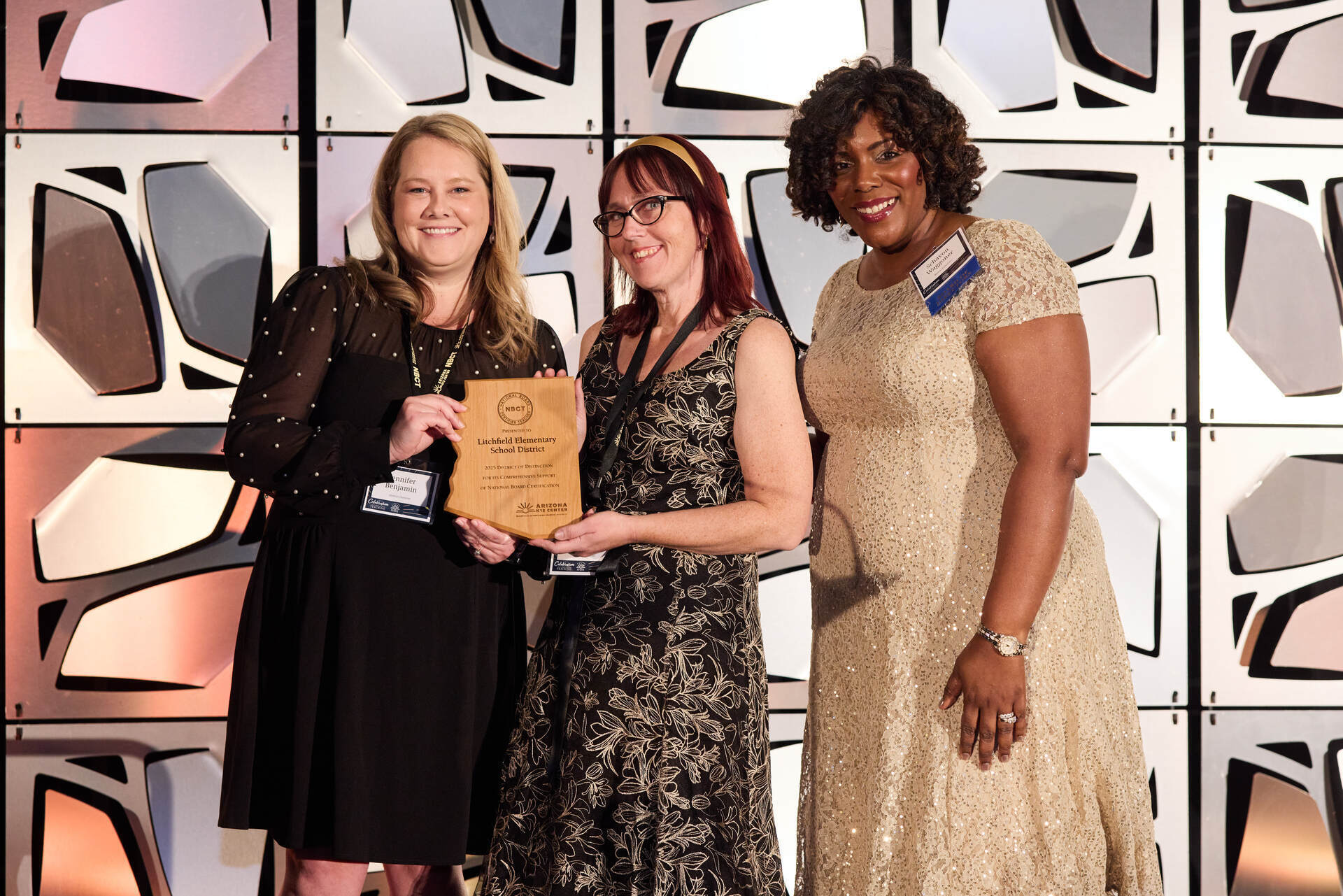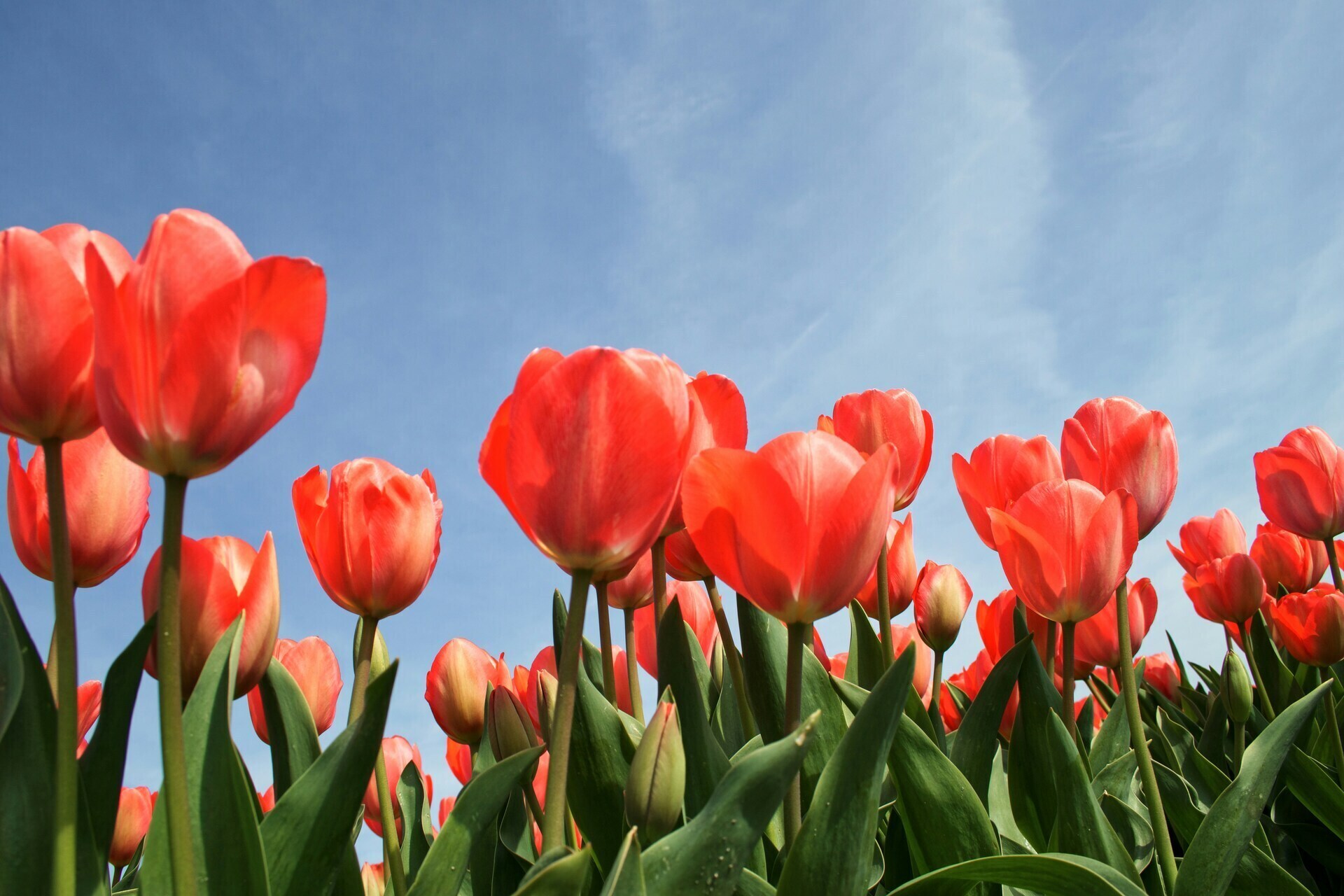January 5, 2018
First Friday: Zoretic is a One-Woman Show
Tap into your artistic side on the first Friday of every month. We showcase Arizona art educators committed to making a difference.
Call it juggling, a balancing act, or a risky walk across a tightrope — however you consider Ellen Zoretic’s daily routine, it’s safe to say she deserves a huge round of applause. The 27-year-old art teacher from Maricopa Unified School District does far more than meets the eye.
When you walk into her classroom (which, this semester, is a cafeteria stage turned into an art room), you see problem-solving, confidence boosting, and creativity-booming activities. Despite the fact she’s taking her own time during winter break to fashion the atypical space into an atmosphere for learning, the irony of her classroom being a stage is oddly perfect.
“It’s like a redo,” Zoretic explains. “Whatever wasn’t working the first semester, I can change and fine-tune.”
Oddly enough, the idea of making what you have work and turning it into a masterpiece is the underlying essence of her teaching philosophy. She starts each semester with her students discussing mistakes, frustrations, and emotions.
“When you make a mistake on your paper, how do you go about overcoming? You see their eyes light up when they realize you can put paper over an error or turn the shape into something else, instead of the original crumpling of the paper and shutdown,” she says.
Zoretic taught the first half the year at Maricopa Elementary School and starts the second semester at Pima Butte Elementary School next week. Due to a change in staffing and facilities, she said goodbye to the art room she used during the 16–17 school year, hence her relocation to the stage. Regardless, this is the Ohio native’s third year teaching art full-time in Maricopa, where she first joined the district about six years ago as a substitute teacher.
“It’s a growing process for me as a teacher in residency. Setting up this second classroom allows me to rid the distraction and think about how the students best focus,” Zoretic says. Plus, she admits she’s used to spending extra time prepping for what happens during class.
With a psychology degree under her belt, Zoretic is working to obtain her teaching certificate simultaneously while instructing students. Rather than observing a teacher and doing her student teaching in someone else’s class, she records her teaching and is assessed by supervisors and instructors. No different than her students, she learns something new every day because she, too, is earning a grade.
But she doesn’t consider her daily routine multitasking. Instead, the educator uses preparation and focus to get the most out of each moment of the day.
“Once the bell rings, [my classes are] back to back and I’m not wasting any time with my students,” she clarifies. Though she stresses the importance of maintaining a tidy art space, she admits that because her time with students is limited — 30 minutes, twice a week at Pima Butte and one hour a week at Maricopa Elementary— she often allowed paint brushes to pile up in the sink when she’s feeling the time crunch.
But, the pile up in the sink was a luxury. This semester, due to the change in location of her “classroom,” she’s reading up on how to navigate a sink-less space — have you ever seen a performance stage with plumbing? But she’s not worried, the optimistic artist says she thinks a bucket system will work just fine.
Instead, her focus is on lessons that extend beyond the logistics and completion of one project.
“If I pass something back to you and you throw it away, it will break my heart. I ask students to try their hardest,” she says. “If you walk away and don’t want to put it on your room wall, let’s look at it and change it. Why waste time, energy, or resources on something you’re not passionate about?”
That’s her key ingredient: passion. She asks students to bring their interests to the classroom so that projects align with what makes them tick. Whether it’s a favorite TV show, sport, or emoji, Zoretic allows students to incorporate some of their favorite things into their artwork.
“I challenge them to create from what they have, while connecting to their other passions,” she says.
Well, Ms. Zoretic, we can’t wait to see what this semester brings for you and your students. We will check in with you and your students center stage in the coming months, but in the meantime, keep being you.











